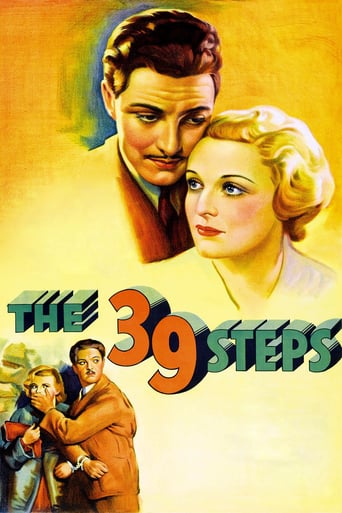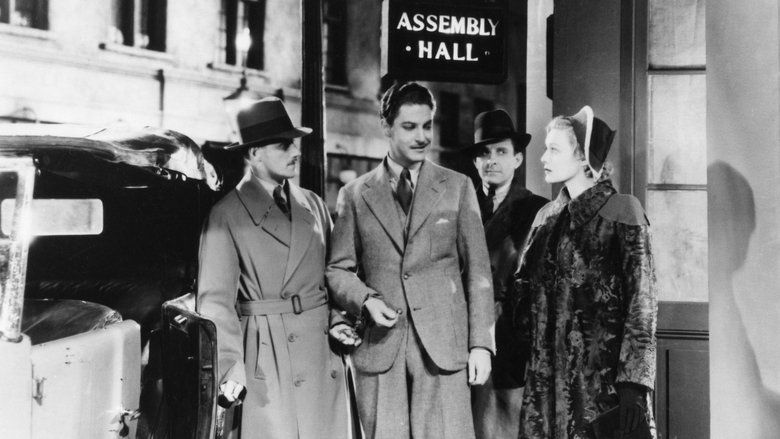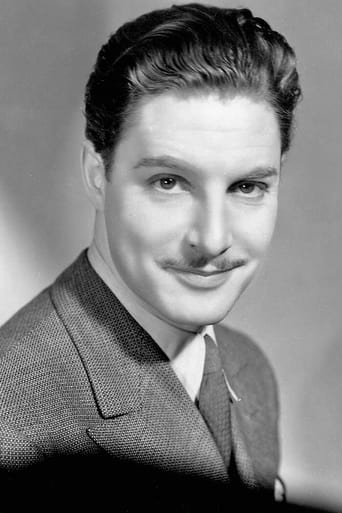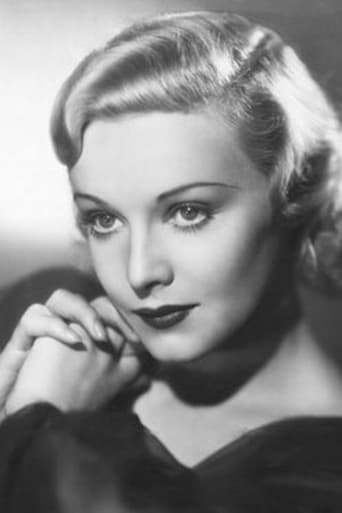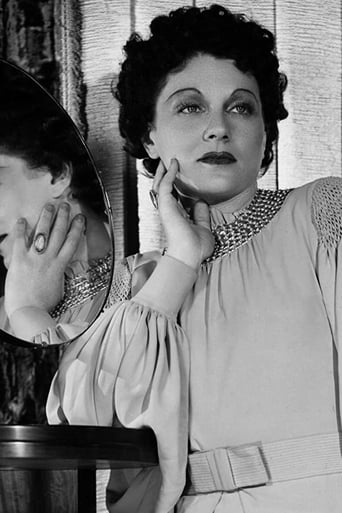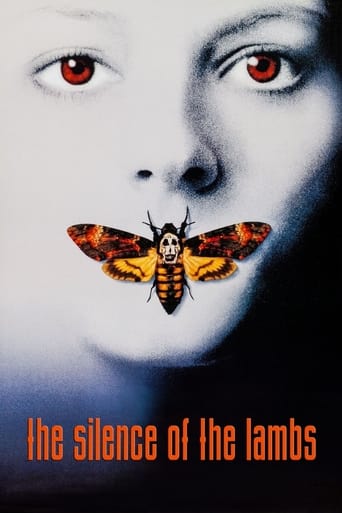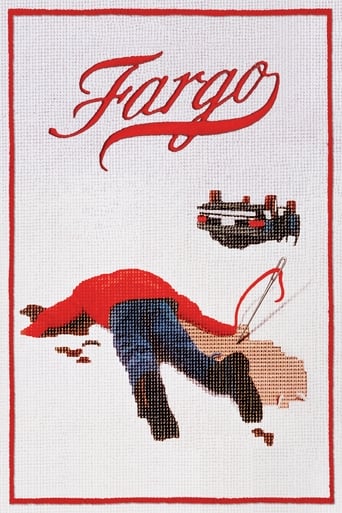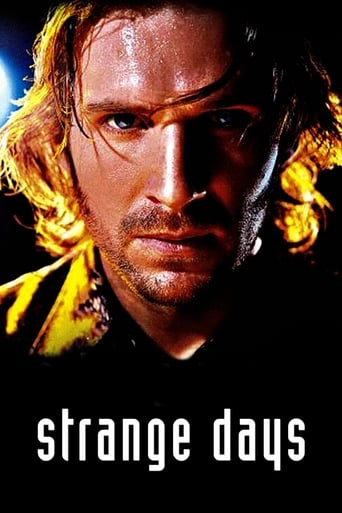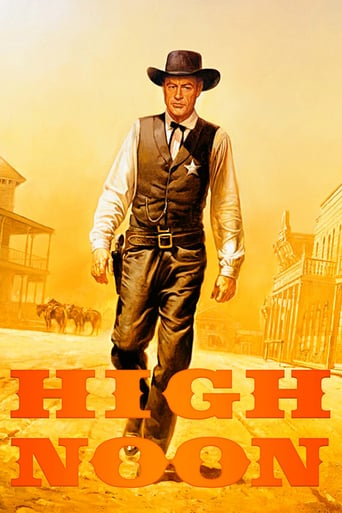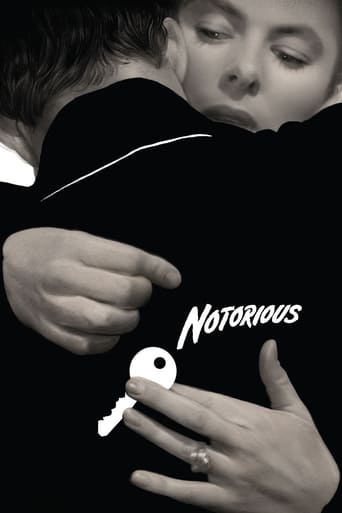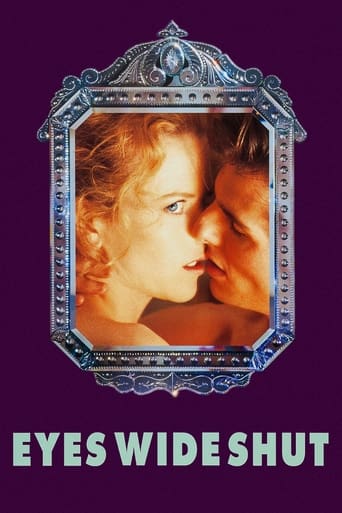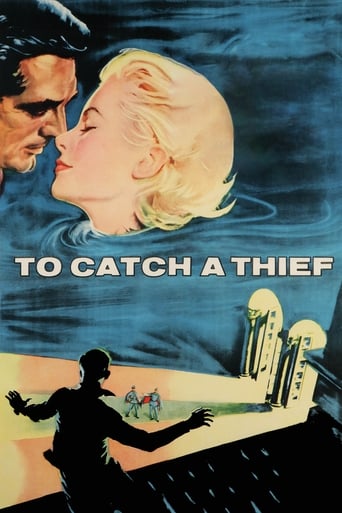The 39 Steps (1935)
Richard Hanney has a rude awakening when a glamorous female spy falls into his bed - with a knife in her back. Having a bit of trouble explaining it all to Scotland Yard, he heads for the hills of Scotland to try to clear his name by locating the spy ring known as The 39 Steps.
Watch Trailer
Cast


Similar titles
Reviews
I don't have all the words right now but this film is a work of art.
Clever, believable, and super fun to watch. It totally has replay value.
It's hard to see any effort in the film. There's no comedy to speak of, no real drama and, worst of all.
Ok... Let's be honest. It cannot be the best movie but is quite enjoyable. The movie has the potential to develop a great plot for future movies
M-U-S-I-C-H-A-L-L. Letters light up, one after another... Hitchcock is literally spelling out the word for us like a ringmaster who wants to get his audience's attention. Or the God of filmmaker who after years of experimentation could finally say "let there be light". So light appeared. And a jingle started. And another ringmaster presented to a warmed up audience "Mr. Memory": a man whose brain memorize information like data in a computer. You've got to admire the sarcastic (and quite realistic) way his talent is welcomed by the unimpressed crowd, many quips and witty questions highlight the talent of the screenwriters more than Memory's intellectual power... but it also foreshadows one of the film's fundamental theme: serious people not being taken seriously.As a matter of fact, all the fundamentals of a Hitchcock classic inhabit "The 39 Steps". What else can you say you about the tale of a gentleman caught mistaken for a murderer and forced to escape from the Police in order to prove his innocence and prevent some security secrets from being stolen by a spy organization and meanwhile handcuffed to a blonde woman. The film might be the adaptation of an early century novel from John Buchan, but Hitchcock made it HIS baby. More than any director, he knew that filmmaking wasn't an innocent art and had to draw its audience by tickling the most shameful instincts, his first film opened with 'respectable' smoking-clad men lustfully drooling over sexy dancers, that said all. And the plot here is set when a mysterious but pretty woman invites herself to a man's apartment, she does act suspiciously but is there a single man fool enough not to let a beautiful woman (or any kind of women actually) in his house? Hitchcock was an expert when it came to gray areas, he identified a thin line between the movie experience and voyeurism, but his greatest invention was the "mistaken identity". When he wanted to cast Ivor Novello as a bad guy for "The Lodger", the studios refused in order to protect his matinee idol image. And then he resourcefully made him a good man mistaken for a villain, one of his most popular trademarks. Before Hitchcock, cops and killers were belonging to separate worlds, Hitch conceived characters deprived of that element of obviousness, even villains could start as good guys.And there were good villains all right in his previous movies, Peter Lorre was simply superb in "The Man Who Knew Too Much" but does anyone remember Leslie Banks? Hitchcock knew audience wasn't interested in "boring hero" prototypes and by casting Robert Donat as Hannay, suave wisecracking but determined gentleman, he invented the type of protagonist Cary Grant would be a delight to watch play. Donat's handsomeness isn't just eye-candy, it makes sense in the first scene (an ugly man would have been more suspicious if he was approached by Lucy Mannheim) and creates a wonderful misunderstanding in the prayer scene with Peggy Ashcroft. That scene alone shows how Hitchcock can do so much with economical efforts, the grouchy peasant (John Laurie) is reciting a prayer and Hannay looks at a newspaper front-page saying he's wanted by the Police. The wife notices it and looks at him scared, he tries to reassures her and the husband take their stares as flirtation. Not only Hitchcock is a master of silent verbalism but he also allows supporting characters irrelevant to the plot shine and give us glimpses of their lives little. The same goes with the couple of innkeepers. The plot matters but it doesn't matter at the expense of details.And that's the Hitchcock mark, he's perhaps the first director to have audience think "that's typical Hitchcock" (like the wonderful moment where a corpse is discovered) and it's precisely because he created that bond with the audience that he could get away with a few implausible things, for the sake of thrills and fun, like a Tintin adventure. Hitch was a pragmatic director who knew his priorities. Still, the contrivance from the novel that he fixed was the one that made Hannay jump in the lion's den, in the film it wasn't a coincidence and done in a simple and effective (and wickedly funny) way.Escapism is the key to understand Hitchcock, who had a unique flair for the ways to arouse audience. One of his most notable inventions here is the use of the McGuffin: the plot device that drives the story while being irrelevant, we never know the object but we know the stakes and that's enough. And so much for plausibility, Hitchcock employs the McGuffin all along without being enslaved to it. His attention is in the mix of tricks, thrills and fun, not to mention the naughty stuff. So if the plot allows him to create new archetypes such as the villain with a notable physical trait (or lack of), there was also the character wonderfully played by Madeleine Carroll, the seminal icy sophisticated blonde. Hitch was a man of paradox and loved women who played it cool, who resisted, yet who were full of sensuality. Carroll is handcuffed with Donat at some point and they must pretend to be a couple, in one of the most memorable scenes, she must take her stocking off while her partner's hand is almost touching her knees. There was no Code Hays in Britain but look how Hitch pretends the focus is on the way the stockings will be taken off without the man's hand touching the leg, while most viewers will rather watch her beautiful legs. It's pure sexual tension in delightful 30's fashion, not to mention the fun parallel between marriage and imprisonment.In fact, what makes "The 39 Steps" so fresh is how Hitch never ceases to surprise you step by step, and just when you think it will all lead to some spectacular climax on the top of the 39th one, you realize that all along you were climbing on the Penrose Stairs.
This film is a great example of why we love to watch Alfred Hitchcock. Not only is this a good mystery-thriller (written by John Buchan, Charles Bennett, & Ian Hay) but it is well directed by Alfred Hitchcock. He was always very good at making his films very suspenseful (even his silent romantic films had trace elements of suspense in them).The film is exactly as the plot reads - but so much better than described: Richard Hannay is a visitor to London and finds himself mixed up in a case of murder with secret agents on his tail and he is determined to break up this massive spy ring.If you like spies/secret agent films, a murder mystery, and/or Alfred Hitchcock then you might like this film - it's one of Hitchcock's best movies and worth watching.8/10
It is often said that in old movies, even husbands and wives had to sleep in twin beds, and if both got on the same bed, at least one foot of one person had to be on the floor. Actually, if that was a rule, it was never written down, because it is nowhere to be found in the Production Code. And if it was a rule, it was not followed in this 1935 movie, because an unmarried man and woman get in a double bed and spend the night with all four feet on the bed. Part of the reason may have to do with the fact that the movie was made in the United Kingdom. Maybe their censorship rules were different, and America just went along. Also, it probably helped that the man and woman are antagonistic toward each other, sleeping together only because of handcuffs, so that there is not the slightest suggestion that they will have sex with each other.At the end of the movie, Hannay calls out to Mr. Memory during a performance, asking, "What are the 39 steps?" to which Mr. Memory begins to answer before he is shot, thereby leading to the capture of the man who shot him, who heads the organization of spies. We have to wonder why Mr. Memory started answering the question. We suspect there are two reasons: first, Mr. Memory was a somewhat unwilling participant in the spy ring (blackmail?); and second, his pride in being able to answer any factual question that was put to him made him unable to say, "I don't know."But that started me thinking. This is not the only Hitchcock movie in which a villain blurts out the truth even though in so doing he provides information that could or does lead to his undoing. In "Spellbound" (1945), Constance (Ingrid Bergman) gets her colleague, Dr. Murchison (Leo G. Carroll), to help her figure out the meaning of a dream, which he does, thereby incriminating himself. In "Shadow of a Doubt" (1943), Uncle Charlie (Joseph Cotton), the Merry Widow murderer, vehemently expresses his disgust for foolish widows at the dinner table. In "Frenzy" (1972), Blaney (Jon Finch) is being hunted by the police for being the Necktie Strangler. He turns to Rusk (Barry Foster) for help, not realizing that Rusk himself is the Necktie Strangler. While they are talking, Rusk says with a hostile tone in his voice that some of these women who are raped and murdered get exactly what is coming to them, but Blaney is too distracted to notice.And come to think of it, I suppose we all have had moments when we blurted out something incriminating, when we could have simply kept our big mouths shut.
Hitchcock made this movie three times: the first was released in 1935 called "The 39 Steps", the second in 1942 called "Saboteur", and the third in 1959 named "North by Northwest".The basic ingredients are: (1) A lonely man wrongfully accused of something he didn't do. (2) His wanting to have himself in the clear. (3) His incapacity of turning his case over to justice. (4) His pursuit of the party who incriminated him. (5) His involvement in between with a blond girl that he can't trust. (6) His final encounter with his nemesis, preferably at a spectacular site."The 39 Steps" is truly a masterpiece, for it is still mesmerizes you in spite of being filmed 80 years ago! Which other movie that old does that? None whatsoever, I dare you. (The next likely candidate, "The Lady Vanishes" was only released three years later, and was directed by the Master of Suspense as well.)Now, "North by Northwest" would have been this masterpiece, had it not been preceded by "The 39 Steps". "Noth by Northwest" has some unforgettable moments as the pesticide aircraft chase, but the plot is anything but new."Saboteur" differs from the other two pictures in being excessively patriotic and antifascist, somewhat of war propaganda, shot during WWII as it was. It does have some exciting moments, but having seen the other two movies in the "trilogy", it just sticks out as the lesser attempt of them.

